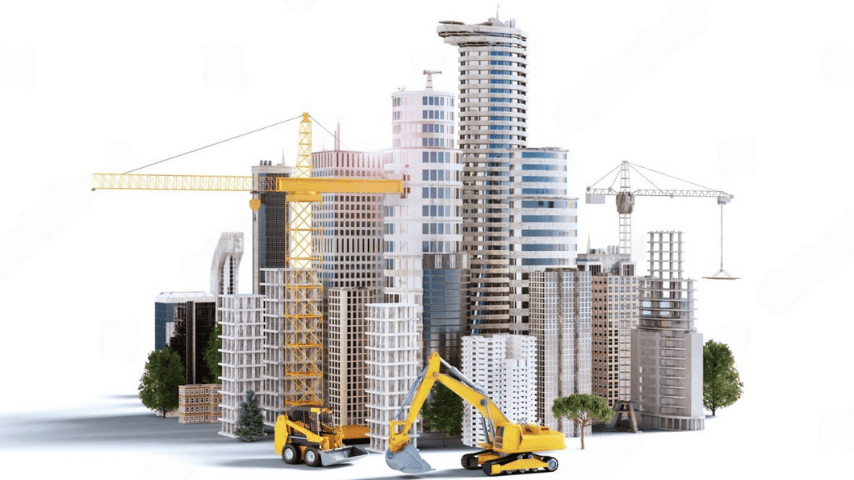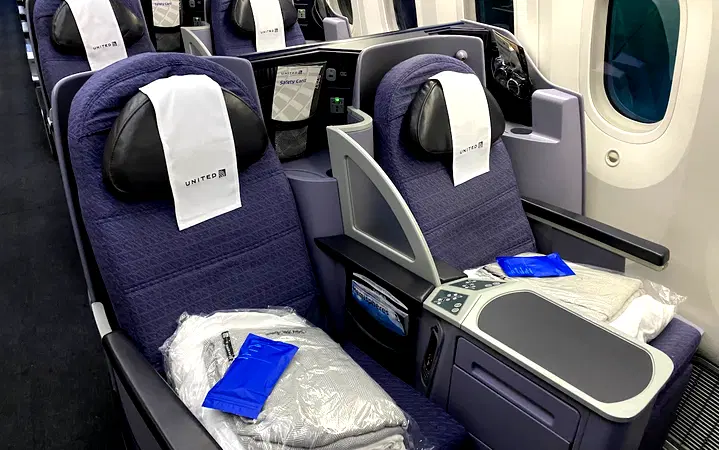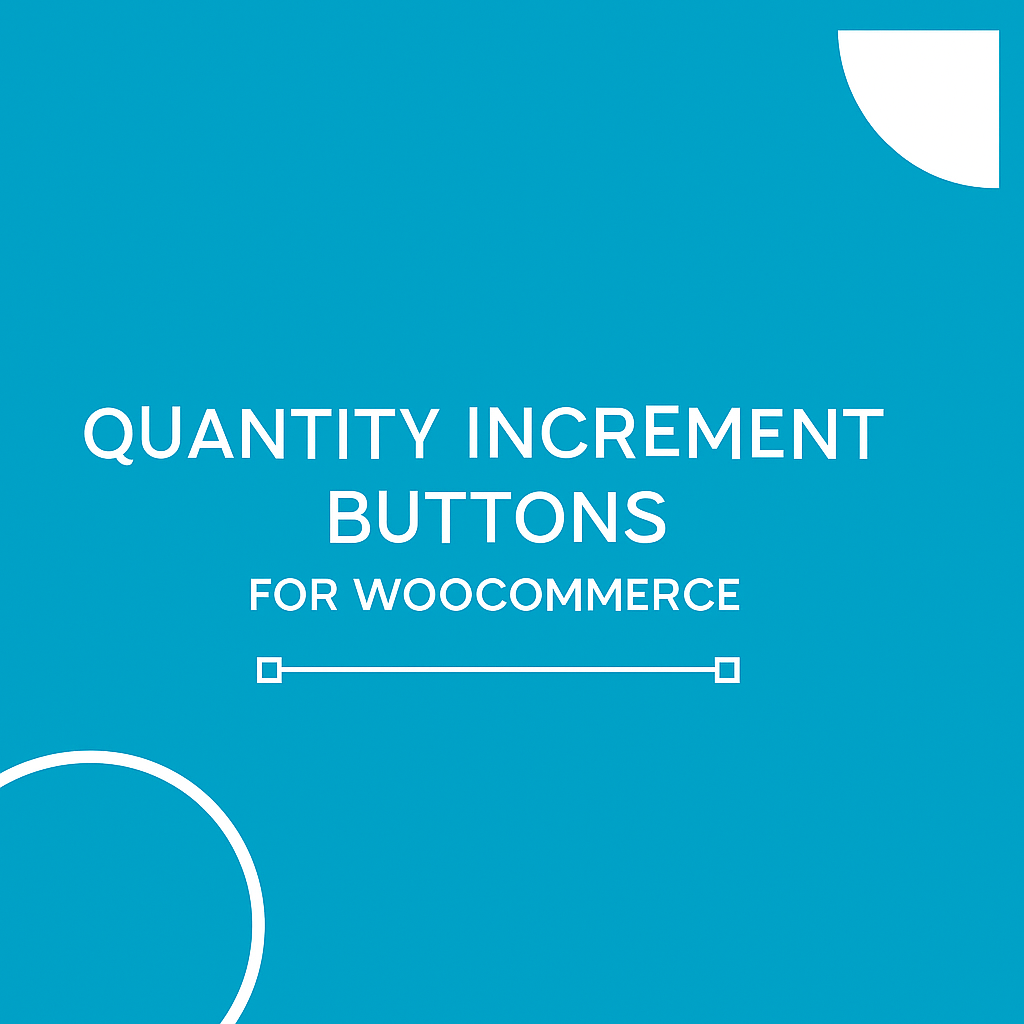In heritage replica model making Dubai projects, traditional Emirati materials hold great importance. These materials help preserve authenticity, cultural memory, and construction knowledge.
Model makers use them not only for aesthetics but also to showcase how early communities adapted to their environment. Whether it’s coral stone, palm fronds, or mud brick, traditional materials allow miniature replicas to tell a deeper story. They transform scale models from visual pieces into cultural representations.
Connecting Models with Real Heritage
Dubai’s heritage is rooted in its desert climate, coastal settlements, and resourceful people. Long before the modern skyline, buildings were made using locally sourced materials. These elements reflect the geography and way of life. Using traditional Emirati materials in heritage model making connects modern audiences with this past. It also ensures replicas are not just about appearance but about how things were truly built.
Model makers in Dubai work closely with historians, conservation experts, and material specialists. Their goal is to replicate both the look and feel of historical buildings. The use of traditional materials plays a key role in this.
Common Traditional Materials in Emirati Architecture
Several materials define traditional Emirati construction. These include coral stone (used along the coast), mangrove timber, gypsum plaster, mud bricks, and palm-derived components like barasti and fronds. Each material had a purpose and responded to local needs.
Coral stone was valued for its insulating qualities. Palm trunks supported roofs. Barasti (woven palm fronds) formed walls and screens. Mud was used for thermal comfort. These materials kept homes cool in the summer and warm in the winter. When used in replica models, they continue to reflect this wisdom.
Palm-Based Materials in Heritage Model Making
Palm trees were a symbol of survival and versatility. In Dubai’s heritage, every part of the tree was used. Model makers often replicate barasti walls using fine fibers and scaled-down weaving techniques. This helps illustrate how early homes were both sustainable and climate-friendly.
Barjeel wind towers, often featured in Dubai models, included palm ribs and panels. Using actual palm materials or their accurate substitutes in small scale models highlights this aspect. It also shows how local knowledge shaped architecture long before modern air conditioning.
Coral and Gypsum in Replica Structures
In many coastal towns, coral stone was the main building material. Its porous texture offered natural ventilation. In model making, using crushed coral or textured resin helps recreate its feel. Some studios in Dubai even source coral fragments from conservation labs or reuse waste coral from older buildings.
Gypsum plaster was used for coating and decoration. In miniature replicas, model makers may grind gypsum to fine dust and apply it with small brushes. This gives the model a true-to-life texture. When seen up close, the surface reflects sunlight just as it would on a real building. This attention to material detail adds authenticity.
Mud and Earth in Rural Replica Models
In inland villages, mud brick construction was common. Heritage replica model making Dubai projects often feature these desert settlements. The color and texture of mud are vital to get right. Some model makers use hand-mixed clay and organic binders. Others tint lightweight materials to match natural mud tones.
Miniature mud homes also show erosion, patchwork repair, and roof layering. All these small details make the replica feel like a living structure. Without using the right materials, these details would not come through.
Symbolism and Texture in Traditional Elements
Beyond structure, traditional materials carry meaning. A palm fence represents privacy. A coral façade shows wealth in coastal homes. Gypsum carvings reflect religious motifs. Model makers use materials to maintain this symbolism.
Textures also matter. Heritage replicas in Dubai are viewed by tourists, students, and architects. Textures created with real materials help them understand how surfaces looked and felt. For example, the roughness of coral stone or the smooth plaster of a majlis wall adds another dimension to the model.
Educational Value of Using Traditional Materials
Dubai museums and heritage centers often display scale models made with traditional materials. These models serve as educational tools. They help explain how early Emiratis built their homes, mosques, and souks. Visitors can touch and feel parts of the model. This sensory experience strengthens their connection with history.
When traditional materials are used, the model is not just a visual reference. It becomes a teaching aid. It helps explain concepts like sustainability, passive cooling, and local craftsmanship. This is especially valuable in school programs and guided heritage tours.
Preserving Skills Through Model Making
Using traditional materials also keeps lost skills alive. Craftsmen who specialize in palm weaving, plaster carving, and clay mixing often collaborate with model makers. This creates new jobs and preserves old knowledge. It also gives artisans a new platform to showcase their skills.
Dubai’s heritage model studios often invite such craftsmen to contribute. Their input ensures material handling and technique remain authentic. The process of creating miniature models becomes a form of cultural preservation.
Challenges in Using Traditional Materials
There are challenges too. Traditional materials are not always available. Some are fragile or unsuitable for small-scale use. Others decay quickly unless treated. Model makers must find ways to preserve the material or replicate its appearance using safe alternatives.
Humidity and handling can also affect these materials. Models displayed outdoors or in humid spaces need extra care. Often, a balance is struck between true material use and durable substitutes.
Conclusion
Traditional Emirati materials play a central role in heritage replica model making in Dubai. They bring authenticity, depth, and cultural significance to the miniature structures. From coral and palm to mud and gypsum, these materials tell the story of how early communities lived and built.
By using them, model makers keep local traditions alive. They also educate the public and celebrate a sustainable way of building. In a city that’s always looking forward, heritage model making reminds people to also look back — with respect, care, and detail.



